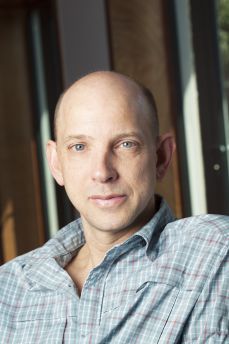Matthew Krummel

dates de séjour
discipline
Fonction d’origine
Institution d’origine
pays d'origine
projet de recherche
Multidisciplinary Studies of T cell Recognition in the Context of Cell Migration
We hypothesize that T cells use the critical first minute of cell-cell contact with their antigen-presenting cells to intimately interchelate into the glycochalyx of antigen-presenting cells and to bring TCRs within reach of pMHC. The TCRs might then stabilize this junction and the junction, in attempting to dissemble itself, would be the test of recognition. In this model, there are mechanical forces required to establish meaningful cell-cell interactions and additional ‘stabilizing’ forces provided by the receptor-ligand interactions. I would like to explore this hypothesis through an Imera-sponsored fellowship period, while interacting with a large swath of teams in the Marseille area.
biographie
Max Krummel is an immunologist, cell biologist and molecular biologist specializing in using advanced imaging approaches to understand immune systems in high dimensional space. He is Professor of Pathology at the University of California -San Francisco.
He specializes in the study of the spatio-temporal dynamics of immune responses, largely using imaging approaches. He focus upon molecular mechanisms that coordinate T cell biology as well as upon cellular dynamics that result in information-sharing amongst cells of the response in vivo. In the early 2000s Matthew Krummel and his lab described the dynamics of cluster coalescence at the immunological synapse and have since identified key Myosin motors driving cellular motility towards synapses (mid 2000s). These remain a focus of the lab as they unravel the mechanisms that control T cell movement and establishment and movement of signaling clusters. They have also described the roles of costimulation and chemokines in modulating these behaviors. In the mid-2000s, they custom-built 2-photon microscopes and related biological tools for analyzing T cell function in situ. Concurrently, are exploiting new models of human breast cancer and human lung disease to provide insight into the 4-dimensional coordination of the immune system.









